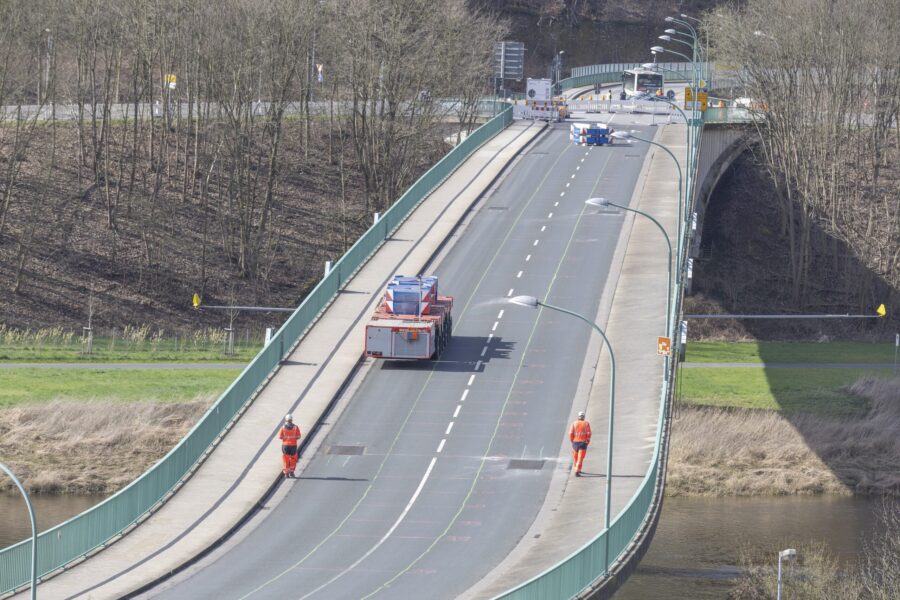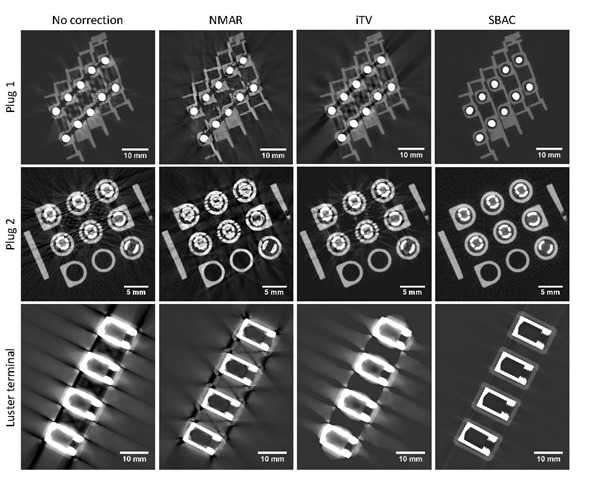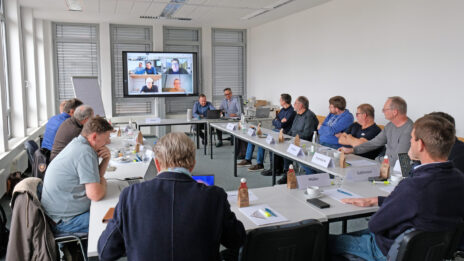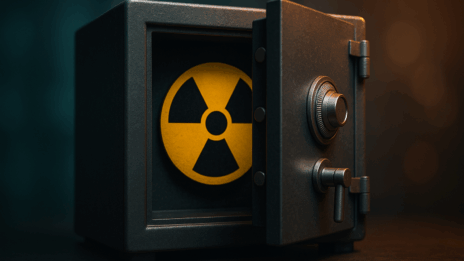Dr. Joscha Maier wurde dieses Jahr mit dem Wissenschaftspreis der DGZfP für seine Arbeit auf dem Gebiet der industriellen Computertomographie ausgezeichnet.
Zur Person
Dr. Joscha Maier (Jahrgang 1988) studierte von 2008 bis 2013 Physik an der Ruprecht-Karls-Universität in Heidelberg, an der er 2019 auch seinen Doktortitel in Physik erlangte. Seine Dissertation zum Thema „Artifact correction and real-time scatter estimation for x-ray computed tomography in industrial metrology“ wurde 2020 mit dem DGZfP-Wissenschaftspreis ausgezeichnet. Seit 2017 ist Joscha Maier als Softwareingenieur für Algorithmusentwicklung bei der RayConStruct GmbH in Nürnberg tätig und seit 2019 als Postdoktorand am Deutschen Krebsforschungszentrum (DKFZ) in Heidelberg.
Kurzfassung des Fachbeitrags
In recent years, computed tomography (CT) has become a valuable tool in metrology. However, the potential of CT is often limited by CT artifacts which may impair an accurate metrological assessment. To overcome this limitation, two promising approaches have been proposed recently: the so-called simulation-based artifact correction (SBAC) and the deep scatter estimation (DSE). The SBAC provides a very general framework for CT artifact correction. Given a prior model of the measured component, it performs a precise simulation of the CT measurement process including all physical effects causing artifacts. The difference between this and an ideal simulation yields an estimate of the present artifacts that can be used to correct the corresponding CT measurement. It has been shown that this approach allows to correct the most common CT artifacts, i.e. beam hardening, x-ray scattering, off-focal radiation, partial volume effects, and cone-beam artifacts. Applied to single- and multi-material measurements, it provided CT images that were almost free of artifacts and whose quality was clearly superior to common reference approaches. In this context, the problem of long runtimes of scatter simulations could be solved by the DSE using a deep convolutional neural network. Here, DSE is trained to reproduce Monte Carlo (MC) scatter estimates using only the acquired projection data as input. Once trained, DSE can be applied to unknown data in real-time and provides scatter estimates that differ from MC simulations by less than 2 %.
CT reconstructions of two different multi-material plugs (top row, C = 0.012 mm−1 / W = 0.030 mm−1,
middle row C = 0.02 mm−1 / W = 0.06 mm−1) and a luster terminal (bottom row, C = 0.03 mm−1 / W = 0.10 mm−1).
Download
Download vollständiger Beitrag (PDF 2 MB, 13 Seiten)
Der Fachbeitrag von Dr. Joscha Maier erscheint darüber hinaus im DGZfP-Sonderband „ZfP heute“ und in der ZfP-Zeitung (Ausgabe 171, Oktober 2020).
Bei Fragen wenden Sie sich gern an den Autor: joscha.maier@dkfz-heidelberg.de
Den Gewinnerbeitrag des DGZfP-Nachwuchspreises 2020 lesen Sie hier.
Den Gewinnerbeitrag des DGZfP-Anwenderpreises 2020 lesen Sie hier.









